Hidden gun - Hidden gun
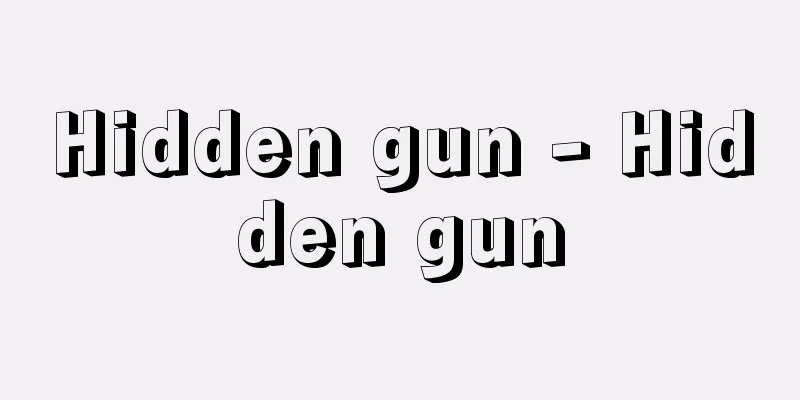
|
In the Edo period, opposition arose to the practice of making the relatives of criminals responsible for crimes, and the system of enza, which was still strictly implemented in the first half of the Edo period, was restricted by the eighth shogun, Tokugawa Yoshimune. On the other hand, the system of 'enza', which also made people responsible for the crimes of others but punished people other than relatives, was considered useful not only for the general prevention of crimes but also for making the people share the police work of the imperfect public power. However, under the Shogunate law, 'enza' was punished by fines, handcuffs, confinement, and scolding to village headmen, gang leaders, gangs of five, head farmers, landlords, neighbors, and townspeople for gambling, concealed guns, concealed prostitution, firearms, and other crimes. The penalties were light, and the types of crimes for which 'enza' was to be imposed were limited to those suitable for preventing crimes before they occur and making it easier to detect crimes through joint responsibility and mutual surveillance, and were considerably more relaxed than in the early modern period. [Yukiko Hayashi] *Some of the terminology that refers to "hidden gun" is listed below. Source | Heibonsha World Encyclopedia 2nd Edition | Information |
|
…江戸時代に入ると,犯罪人の親族に刑事責任を負わせる縁坐については反対論が起こり,江戸時代前半にはなお厳しく行われていた縁坐制が,8代将軍徳川吉宗によって制限されるに至ったのに対して,同じく他人の犯罪について刑事責任を負うものながら,親族以外の者が処罰される連坐は,犯罪の一般的予防のためばかりでなく,不完全な公権力の警察事務を人民に分担させるためにも有用と考えられた。しかし幕府法上の縁坐は,博奕(ばくち)・隠鉄砲・隠売女・失火その他の犯罪に,名主・組頭・五人組・総百姓・家主・地主・両隣・町内などが,過料・手鎖・押込・叱などの刑に処せられるもので,刑罰が軽微であるうえ,連坐が科さるべき犯罪の種類も,連帯責任・相互監視によって犯罪を未然に防ぎ,犯罪摘発を容易にするのに適したものに限定されており,近世前期に比してかなり緩和されている。【林 由紀子】 ※「隠鉄砲」について言及している用語解説の一部を掲載しています。 出典|株式会社平凡社世界大百科事典 第2版について | 情報 |
<<: Climbing at intervals - kakujitohan
>>: Guo Shih-Hyung - Kakujitsuryo
Recommend
Dark Ages
…He was a pioneer in the field of medieval poetry...
Arkadii Isaakovich Raikin
1911‐87 A Soviet light theatre actor. He graduated...
Puppet - Puppet
An old name for a puppeteer. It is also written a...
vocational training
...(3) High-level technical education High-level ...
Opsonin
A protein that binds to the surface of granular an...
Maillard reaction
…The meat color is yellowish brown immediately af...
Barānī (English spelling)
…They are also known as the Black Sheep Dynasty. ...
Serrasalmus nattereri (English spelling)
...It is hardy and easy to keep, and even though ...
Nehavend (English spelling)
…The commander of the Arab army was Nu'man al...
Grain - Kokumotsu
A general term for annual or biennial herbaceous ...
Unison - yunison (English spelling) unison English
A method of forming textures (sound composition p...
Namasu (pickled vegetables) - Namasu (pickled vegetables)
It can also be written as 鱠. As the Wamyōshō state...
Toyohiko Kagawa
Christian social activist. Born in Kobe on July 1...
Adolf von Nassau
[Birth] Around 1250 [Died] July 2, 1298. Gerheim n...
Coastal Levee
… In addition, there are also levee types, such a...
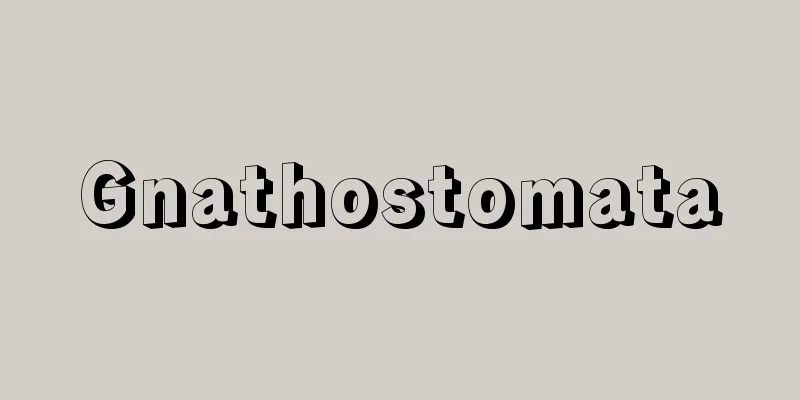


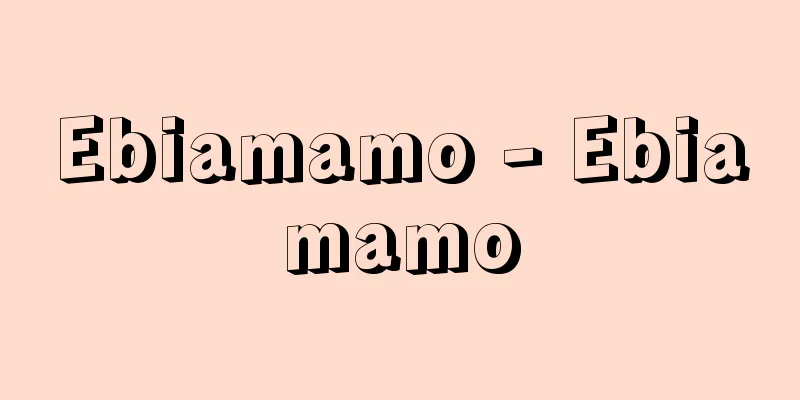
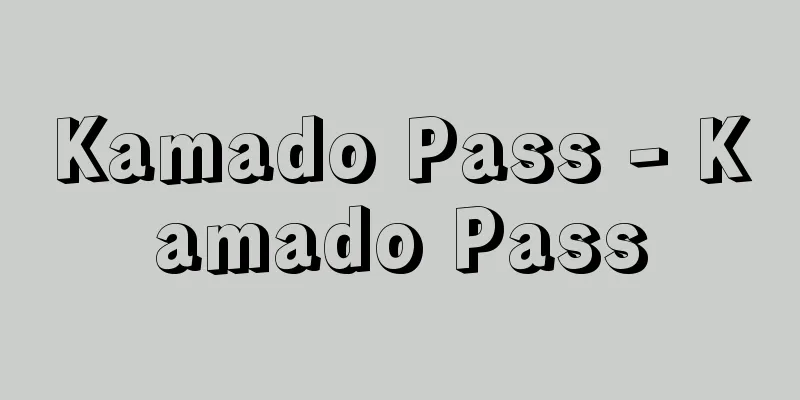
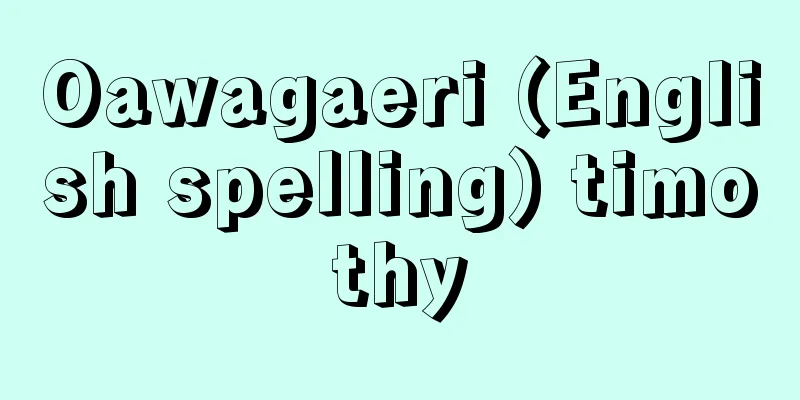


![Kosuge [village] - Kosuge](/upload/images/67cb94b86ce93.webp)
